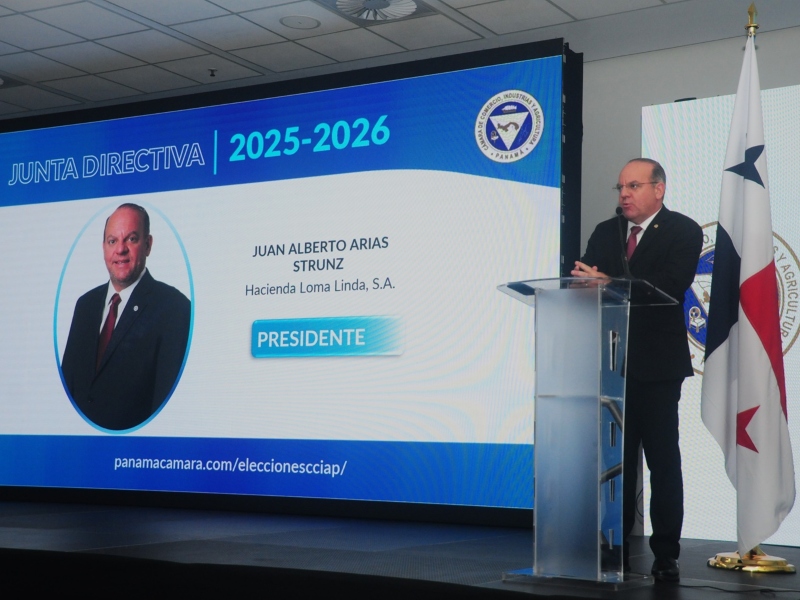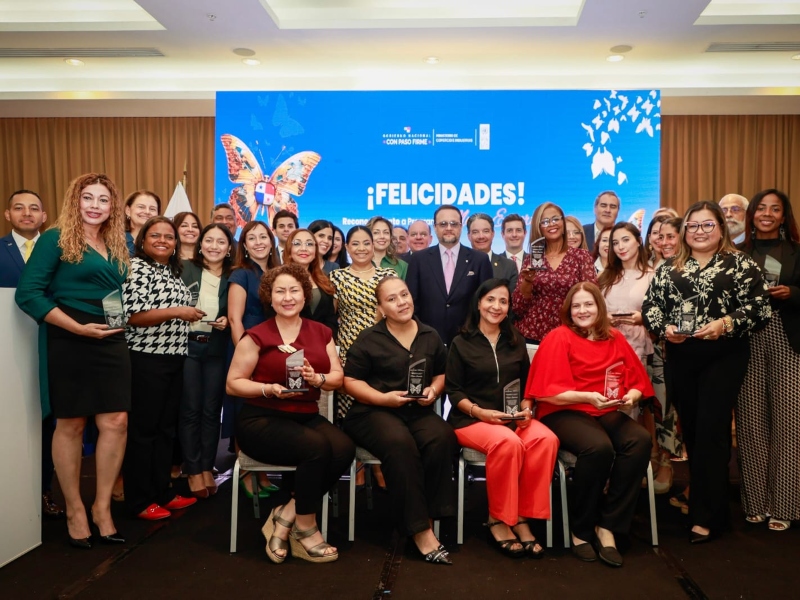Aiming to Become a Nature-positive Company for Protecting Marine Biodiversity
Source: MOL
At the beginning of January, MOL announced that it has teamed up with YL Forest Co. and intent to participate in a blue carbon project aimed to restore and protect mangroves in South Sumatra, Indonesia. MOL will be involved in the on-site operation of the project in addition to providing financial support.
Since 2013, YLF has implemented measures to protect 14,000ha of mangroves remaining in South Sumatra under the technical supervision of the International Society for Mangrove Ecosystems (ISME). The new project aims to avoid emission about 5 million tons of carbon dioxide (CO2) through forest conservation activities and to remove/store another 6 million tons of CO2 through afforestation of mangroves on about 9,500ha of bare land in the next three decades. The registration process by Verra, an organization that manages and certifies the voluntary carbon credits, is underway with an eye toward registering the project in the first half of 2022.
Mangroves not only remove and store carbon, but also are called the “cradle of life” for their role in protecting biodiversity. Furthermore, mangroves are also very important as a means of adapting to climate change by protecting people living in coastal areas from high waves. Through this project, MOL and YLF will jointly engage in mangrove restoration and conservation activities, and also adopt “the Silvofishery” to improve the livelihoods of local residents through sustainable fishery and forest management, aiming to create a society where people live in harmony with nature.
MOL had learned about the importance of mangrove from partners including ISME through the project related to the restoration of the natural environment in Mauritius, and decided to proactively engage in climate actions, marine environmental conservation, biodiversity protection, and other initiatives that will help transform the company into a nature-positive company. MOL set a target to achieve net zero emissions targeting all scope 1, 2, and 3 by 2050 in the “MOL Group Environmental Vision 2.1” established in June 2021. The MOL Group will develop both nature- and technology-based negative emissions (Note 8), including the mangrove project, through co-creation with diverse stakeholders, as it strives toward net zero emissions. In this way, it will ensure a prosperous future from the blue ocean, by contributing to the sustainable growth of people, society and the planet, for all life living in the next generation.
![]()

































